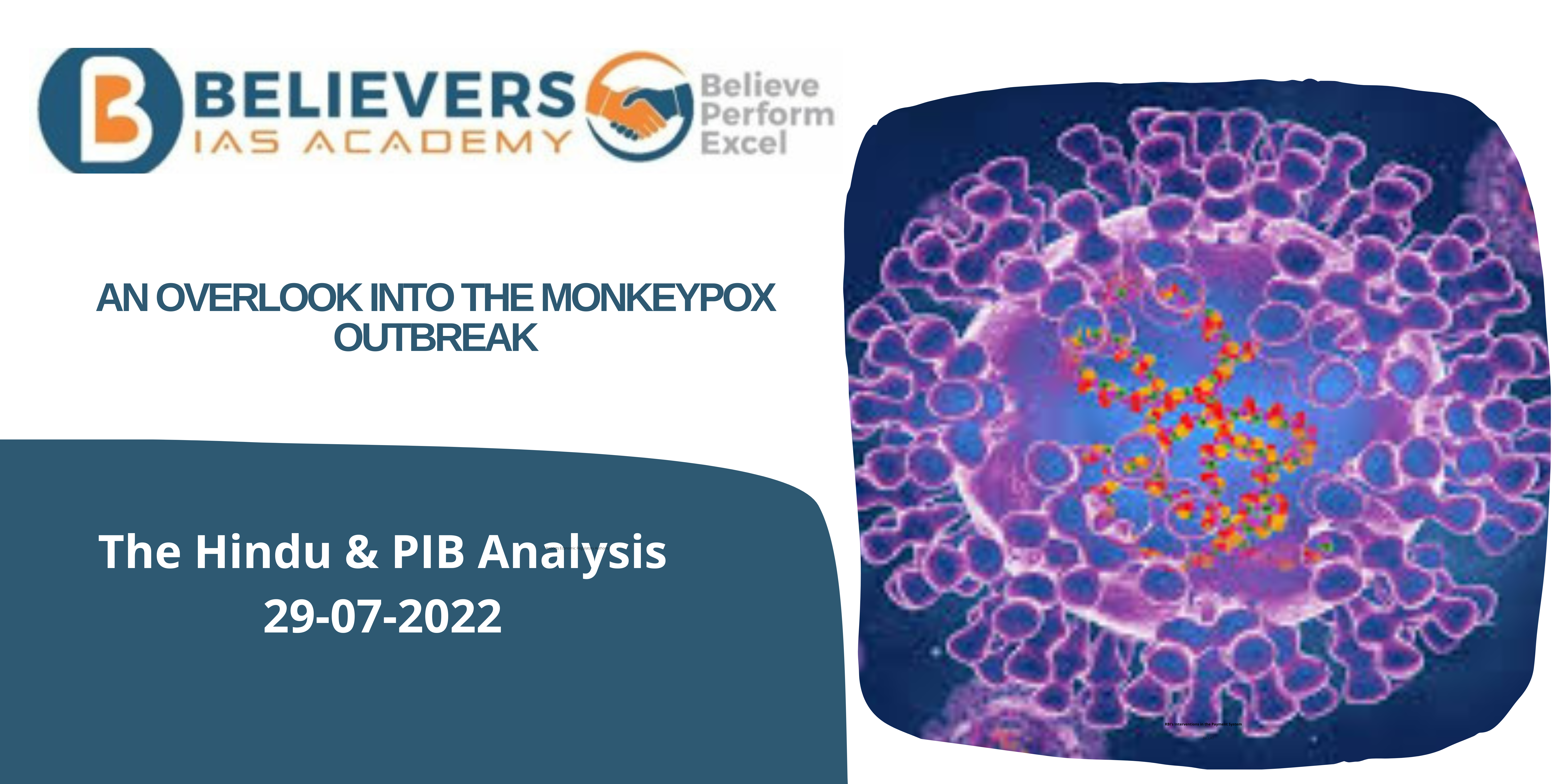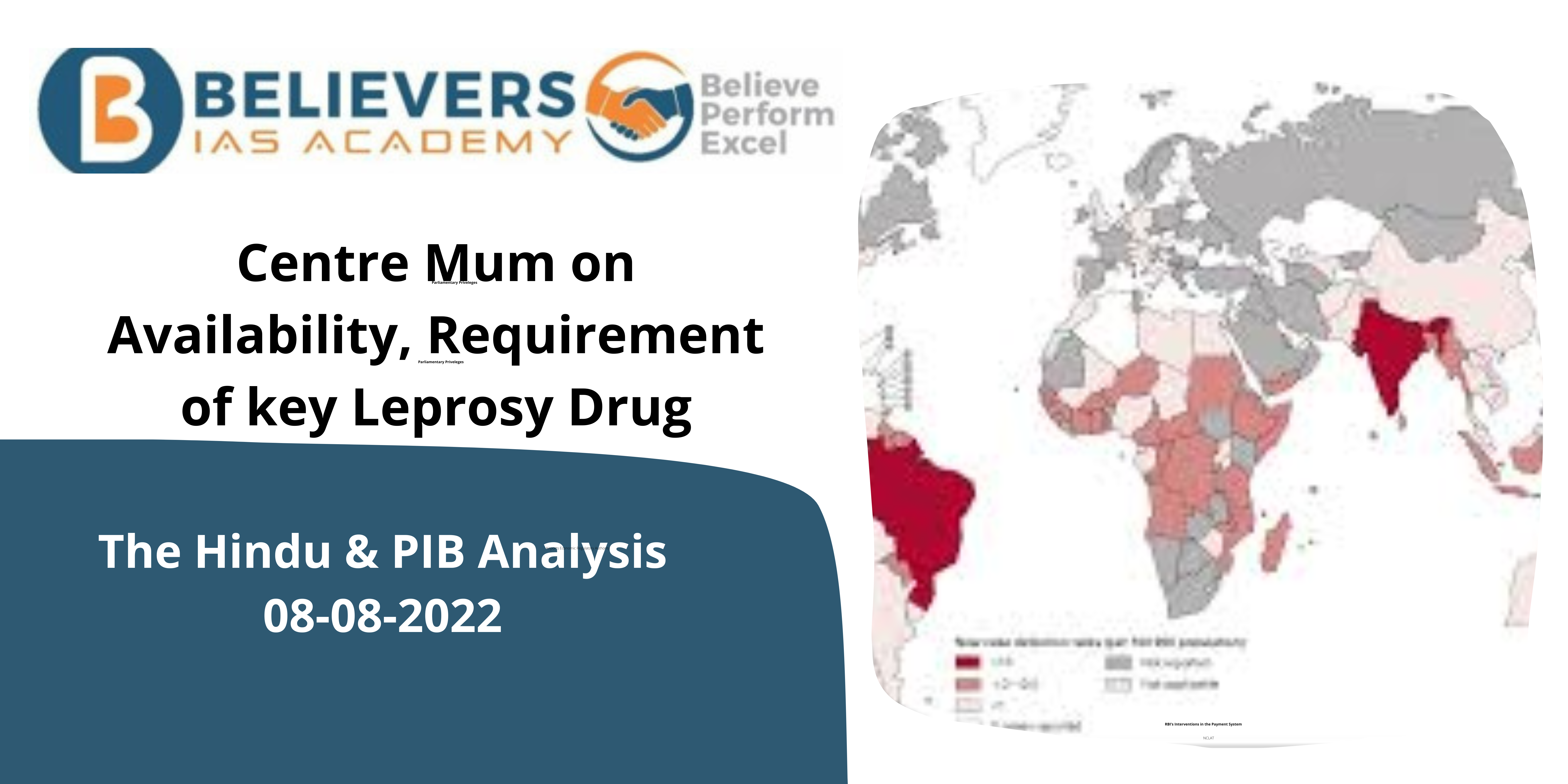An Overlook into the Monkeypox Outbreak
Context:
- Due to zoonotic events, monkeypox, a rare viral virus that was formerly confined to several regions in western and central Africa and travellers visiting these countries, has spread.
- World Health Organization (WHO) has declared the disease outbreak a Public Health Emergency of International Concern (PHEIC).
Background:
- Monkeypox is a zoonotic virus that was first identified in primates at the Statens Serum Institute in Denmark in 1958. It can infect both humans and other animals, such as rodents and other primate species.
- The virus has been widespread in portions of Central and West Africa ever since the first human case was discovered in 1970 in what is now the Democratic Republic of the Congo, mostly due to zoonotic spillovers. Despite being referred to as “monkeypox,” the disease’s true origin and origins are unknown, making the name a misnomer in many aspects.
- The virus is a member of the same virus family as variola, the smallpox virus. The illness exhibits symptoms that are comparable to those that smallpox sufferers have previously experienced.
PHEIC:
- A PHEIC is a disease epidemic that, according to the WHO, “constitutes a public health concern through the international transmission of illness” and may call for an immediate and coordinated international response.
- The continuing COVID-19 pandemic is one of seven PHEIC announcements that the WHO has made since 2009. With this designation, international efforts to stop the disease’s spread before it becomes a pandemic must be intensified.
- In addition to increased contact tracing, diagnosis, and vaccination, this would entail encouraging nations to design initiatives to restrict transmission and coordinate the sharing of essential resources like vaccines and medicines.
- The WHO will assist impacted countries in building an efficient epidemic response and surveillance system while research is ongoing to understand the epidemiology, modes of transmission, and clinical manifestations of the illness.
Source The Hindu




